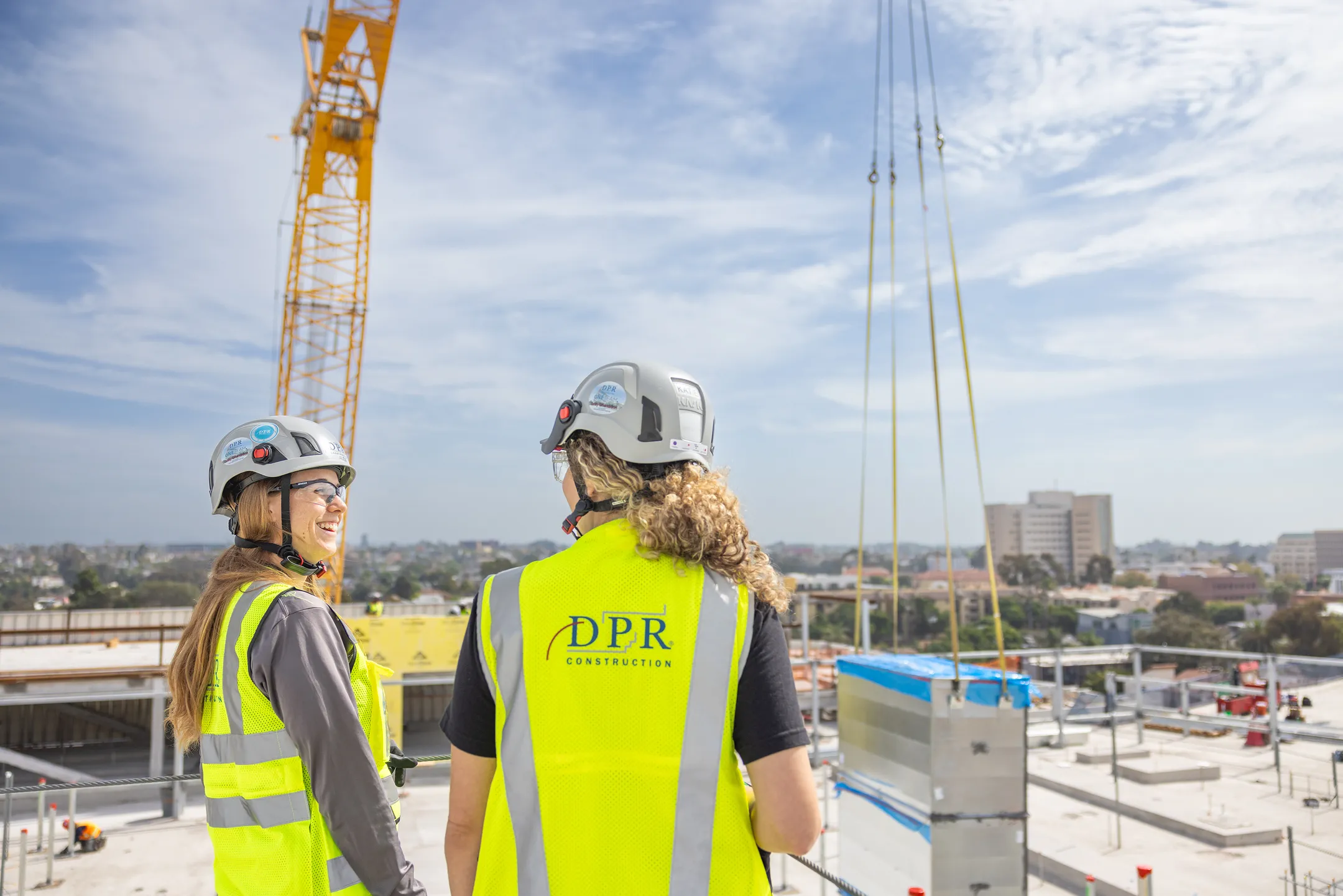Coca-Cola Southwest Beverages (CCSWB), is one of the largest Coca-Cola bottlers in the United States. CCSWB produces, markets, and distributes Coca-Cola brands in Texas, New Mexico, Oklahoma, and Arkansas.
Business Challenges
- Manually Intensive Reporting Processes: People-dependent activity was supported by very large, unstable, hard to maintain Excel workbooks. Offline manual data mapping & transformation was required to produce Corporate IFRS views.
- Offline Financial Plan Consolidation: Annual Plan was consolidated in an Access database fed from array of disconnected models. Forecast was consolidated in Excel. The process was manually intensive to maintain and administer and lacked robust capabilities.
- Limited Forecasting Capabilities: A rudimentary forecast process was done via fragmented Excel models. Highly summarized topside data constrained the ability to compare actuals vs. plan vs. forecasts. The approach lacked integrated “what-if” analysis based on flexing drivers.
- Antiquated Labor & OpEx Planning:Labor & OpEx planning were done via a legacy corporate model. Lack of flexibility, limited driver calcs, data integrity issues, and lack of CCSWB control presented many challenges. Detailed role and productivity labor models were needed.
- Manual Data Management & Integration: Dependent on manually intensive, time consuming, Excel/Access activities. Significant data movement, mapping, and reconciliation effort to ensure integrity of outputs.
Solution
- Global Design: The Global Design identified and prioritized business requirements, defined the future state Oracle EPM Cloud architecture, assessed deployment options, recommended the go-forward roadmap, and established the implementation plan.
- Financial & Workforce Planning: Implemented OOTB EPM Financials and WFP incorporating streamlined planning processes, best practice trends & driver calculations, and multiple labor planning methodologies.
- Extended Planning for Forecasts & LRP: Enhanced and configured core EPM Financials to deliver robust financial forecast capabilities aligned to the annual level of detail as well as incorporating LRP modeling capabilities and variance analysis.
- Reporting and Analytics: Deployed a purpose-built reporting model for automated management reporting, COGS variance analysis, corporate requirements including GAAP to IFRS translation, ad-hoc reporting and analysis, and self-serve capabilities.
- Data Management & Integration: Fully automated the load of master data and inputs from source systems. Provided consistent mastering of key hierarchies across the business with flexibility to support internal CCSWB and parent company data structures
Impact
- Efficiency & Cycle Time Reduction: Eliminated manual, duplicative efforts, and legacy access models. Reduced process cycle time by 1 day for planning, forecasting, monthly reporting, variance analysis, and corporate reporting.
- Best Practice Planning & Forecasting: Driver-based modeling and system-enabled trends provide integrated “what-if” simulation, scenario analysis, and rapid resource allocation/re-allocation, enabling the ability to flex business drivers and quickly see financial impacts. This change allowed for much better analytics and reporting, as well as improved data quality achieved through a scalable and repeatable process.
- Business Partnering & Time Spent: Complete pendulum shift where associates spend balance of their time on analysis, developing insights, creating robust plans, and driving the business vs. data collection, transformation, and reconciliation.


